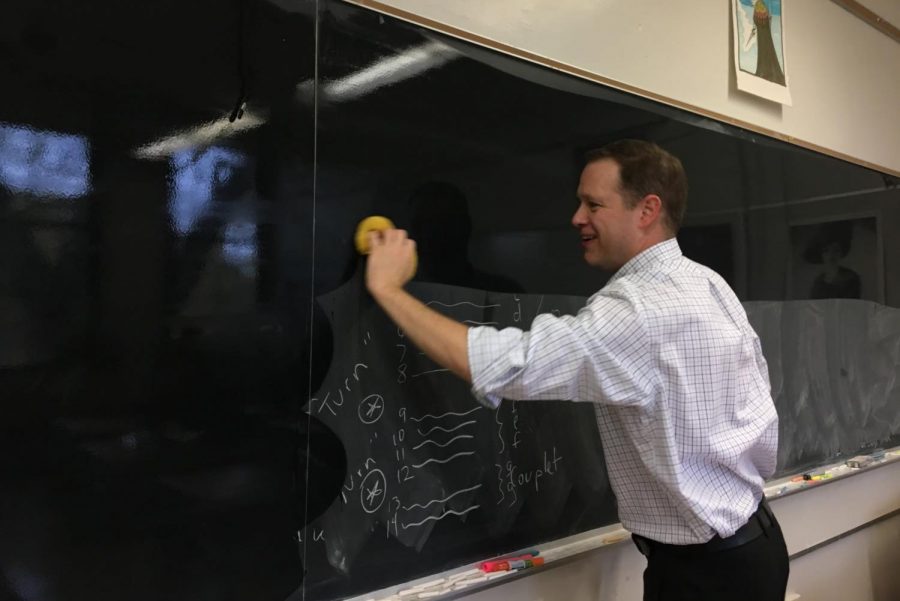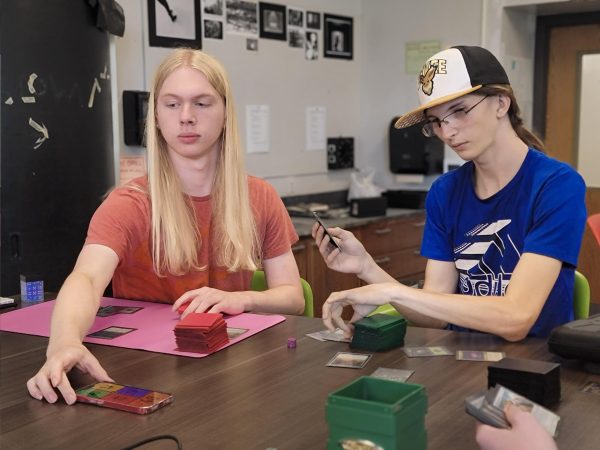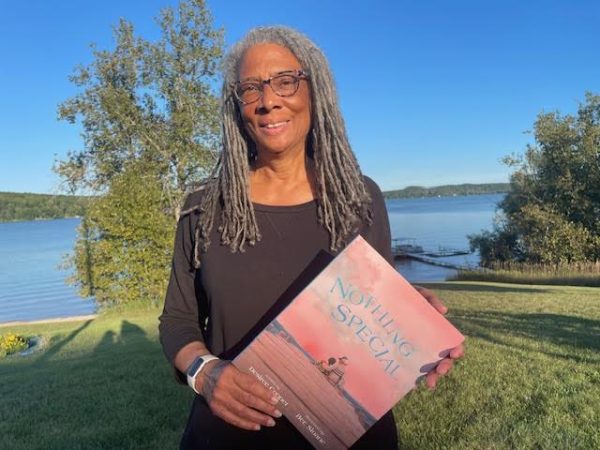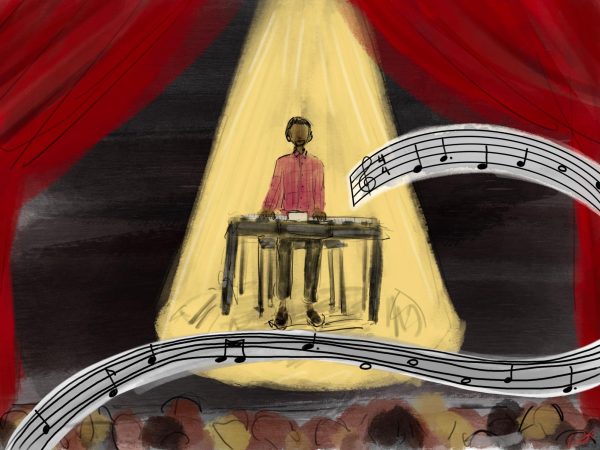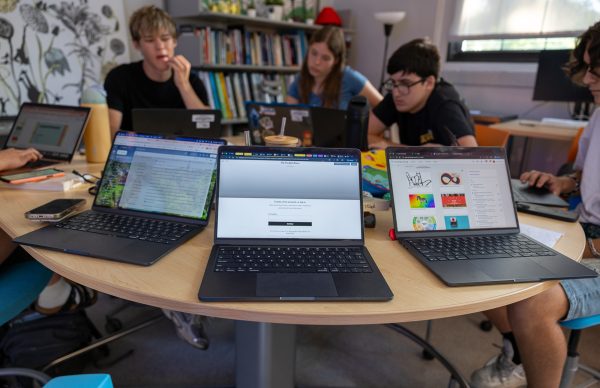A Clean Slate
“Nothing is sweeter than a clean black chalkboard as you’re writing on it,” said Ken McGraw, an English teacher at Community High School. “It speaks to the old school. You never see this kind of thing anymore.”
McGraw is one of the few teachers at Community that still uses a black chalkboard to teach his World Literature, Creative Writing, Science Fiction and Fantasy, and forum classes.
Between every class, McGraw fills a bucket of water, saturates his sponge, and begins his diligent process of cleaning the board. He sweeps his sponge in light strokes across the board, careful not to create drips. “Do you see these foul drips coming down?” McGraw said. “When they dry, they’ll make the board look super ugly and be distracting. This is more complex than it looks.”
McGraw’s students have seen the cleaning process so many times they could recreate it themselves.Tai Tworek, a freshman, describes the process of how McGraw cleans the board.
“At the end of every class, Ken dips his sponge in the water and he goes from one side of the blackboard to the other in straight lines,” Tworek said. “He does this until all the water in the sponge runs out, then he dips the sponge again.”
McGraw strongly prefers using chalk instead of dry-erase members. “Chalk is made of natural things, like seashells and bones, while markers are made of who knows what,” he said. “When they put in the white board over there, I insisted they kept this classic blackboard over here.”
While students watched McGraw meticulously clean the board, one student yelled out, “Why is this a thing?” As McGraw continued to wipe away the words of his previous block, he replied, “I perfected this method through trial and error. This is a thing because no one else wants to do this still, but me.”
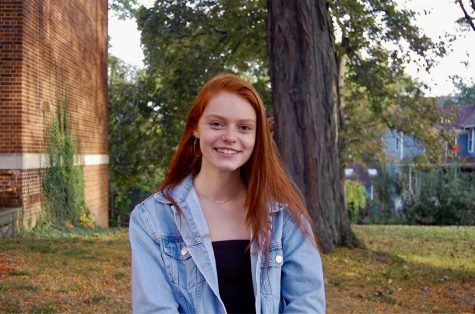
Roxie is a senior at Community High and this is her third year on Communicator staff. When not at school, you can find Roxie hunched over her laptop at a coffee shop working on one of many passion projects, at a political meeting, event or rally, or taking a much-needed nap in her super comfy bed. She enjoys watching stand-up comedy, the news, The Daily Show with Trevor Noah, Veep, and Dance Moms — an eclectic mix that perfectly captures her essence. Roxie is so grateful to have one more year on Communicator and looks forward to working with the incredible staff to create meaningful work!



